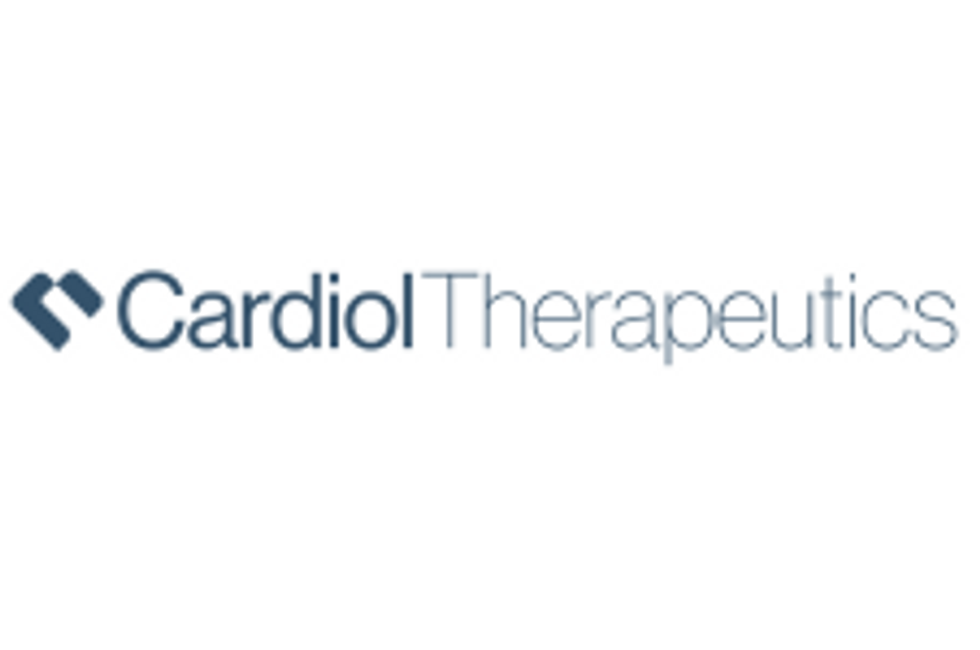
Here’s a look at two key pharmaceutical industry trends that have shaped the market so far in 2015: a departure from animal testing and a move toward personalized medicine.
This article was originally published on Life Science Investing News on June 2, 2015.
2015 is shaping up to be a strong year for the pharmaceutical industry, with technological innovations and new healthcare standards driving industry changes.
Here, the Investing News Network outlines a couple of reasons why the pharmaceutical industry is such an exciting place to invest in 2015, focusing on two pharmaceutical industry trends that are driving the market: a departure from animal testing and a move toward personalized medicine.
Pharmaceutical industry trends: A turn away from animal testing
One interesting pharmaceutical industry trend is the movement away from animal testing and towards cheaper and more efficient testing technology.
LiverChip is one such technology — it provides an alternative model of testing by creating a 3D cell culture platform that mimics the architecture and physiology of the human liver. This technology has the potential to improve early stage drug testing because it is significantly less expensive than live animal testing. As Bloomberg Business recently reported, animal testing begins at $50,000 for 28 days with 40 rodents, and can reach more than $1 million for complex experiments. In contrast, prices for LiverChip begin at $22,000.
This artificial liver could also prove to be a more effective method of testing drugs. The company Benitec Biopharma (ASX:BLT) is using LiverChip to search for a potential cure for hepatitis B, an illness that doesn’t naturally occur in most animals.
On a similar note, the US Department of Defense is reportedly spending upwards of $36 million funding the development of a “human on a chip” at the Massachusetts Institute of Technology and Harvard University. This project is to feature 10 artificial organs working in tandem, allowing researchers to understand what side effects may emerge from a specific medication.
However, despite the government’s enthusiastic support of this technology, the US Food and Drug Administration (FDA) is still cautious of these alternative models of testing. As Bloomberg Business explains, it still requires new drugs to be tested on animals in order to determine dosage and to check for the possibility of birth defects and cancer.
Pharmaceutical industry trends: A move towards personalized medicine
Looking further at pharmaceutical industry trends, 2015 has also brought a push towards increased development of personalized medicine. According to the FDA, personalized medicine can be understood as providing “the right patient with the right drug at the right dose at the right time.” Essentially, personalized medicine — sometimes referred to as precision medicine — is the idea of providing tailored medical care according to a patient’s individual characteristics, needs, preferences and genetic makeup.
Dr. William Chin, former executive dean for research at the Harvard Medical School, and current executive vice president of science and regulatory affairs at the Pharmaceutical Research Manufacturers of America, has remarked that personalized medicine “is the grand experiment in medicine that will, I think, define our age. It is the future of medicine, when diagnoses are more precise, and therapies are suited for specific diagnosis.”
Large pharmaceutical companies have picked up on Chin’s predictions for the future of medicine, and have been gradually moving away from the research and development of blockbuster drugs in favor of an increased focus on targeted therapies.
A Tufts Center for the Study of Drug Development survey shows that biopharmaceutical companies increased their investment in personalized medicine by 75 percent between 2005 and 2010; another 53-percent increase is expected between 2010 and 2015. This year, personalized medicine has emerged as a vital aspect of the industry, with 94 percent of companies surveyed investing in personal medicine research.
However, this move towards targeted therapies raises a central question for Chin: “what is the business model for more personalized medicines?” This question remains to be answered, and may come to the fore as pharmaceutical companies continue making the exciting and potentially destabilizing shift towards personalized medicine in 2015.
Securities Disclosure: I, Morag McGreevey, hold no direct investment interest in any company mentioned in this article.
Related reading:
What is Pharmaceutical Investing?

